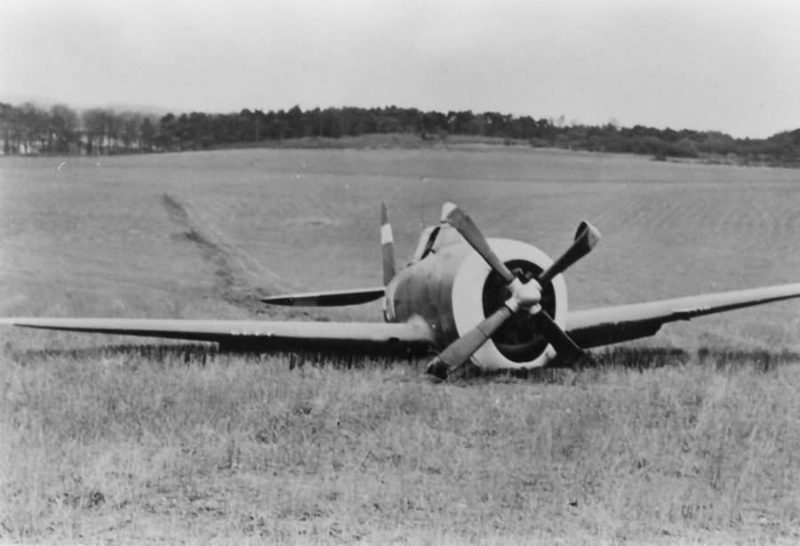Looking up other stuff I came across thisHi
Not exactly 'new' but not as advanced as later sets. The British were using voice to and from its fighters (a requirement for the air defence system) from the Gloster Grebe (not counting WW1 use) HF T.25 transmitter and R.31 Receiver from the mid-1920, in the 1930s this was replaced by the TR 9 series. While I don't think the FAA Fairey Flycatcher was fitted with voice (R/T) its replacement the Hawker Nimrod was (by TR 9 according to various sources) in the early 1930s. I would presume the US Navy and US Army were doing the same so most 'veterans' should have been used to using it by WW2. Morse sets were longer ranged of course and they would have been in use by naval air throughout the inter-war period, although operator skill would have been a major factor plus reliability but still more reliable than in WW1.
Mike
Entering active service in November 1942, a contingent of Thunderbolts was dispatched to England as part of the 56th Fighter Group, under the command of the 8th Air Force. It first saw combat in March 1943, during a mission over occupied France, but due to a radio malfunction, the mission turned out to be a catastrophe.
Very soon, the P-47s stationed in England were refitted with new, English-made radio equipment, resuming active service.

The "Jug" P-47 Thunderbolt - Workhorse of WWII in 30+ Photos
Republic's P-47 Thunderbolt was the backbone of the U.S. Air Force during Second World War and was certainly one of the most iconic American aircraft,
